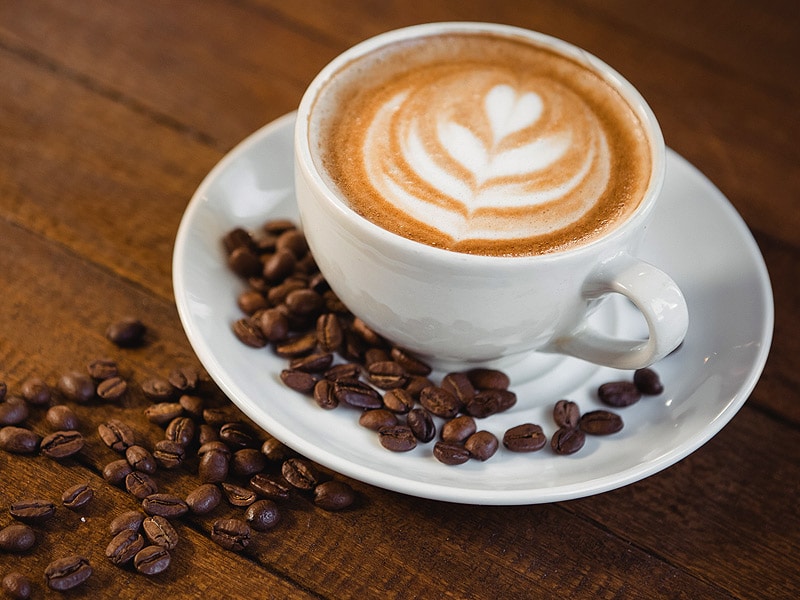
Espresso is the basis for most of the coffee and milk based drinks on the menu. The material costs are around 15 cents to make a shot of espresso, and about 35-40 cents to make a mocha, cappuccino or latte ? Of course, location, staffing and equipment include a lot to the cost, but the low consumable expenses vs. high retail prices are one of the primary factors lots of coffee shops are springing up in towns across America.
Follow the link for the full article Take a look at the site here.
This guide presents the useful info needed for you to select the right espresso equipment for your home, office, or small business. Without a strong understanding of the various espresso makers, the decision process may be rather overwhelming and complicated merely due to the reality there are a lot of models to pick from. This guide is not extremely short, however investing the time to read it will greatly enhance your purchasing experience.
Espresso is just another method by which coffee is brewed. There are various methods of developing coffee that include using a stove leading coffee maker, percolator, French press (or coffee press), vacuum pot and others. Espresso is brewed in its own special method.
Espresso is a beverage that is produced by pressing warm water, between 192F and 204F, at high pressures, through a bed of finely ground, compacted coffee. A typical single is roughly 1 to 1.5 ounces of drink, utilizing around 7grams (or 1 tablespoon) of ground coffee. A normal double is between 2 and 3 ounces, utilizing double the volume of coffee grounds. The shot is brewed for approximately 25 to 30 seconds, and the same time applies to both a single or double shot (double baskets are larger, with more screen location, and the coffee streams much faster - single baskets limit the flow more, leading to 1.5 ounces in 25-30 seconds).
An espresso device brews coffee pushing pressurized water around boiling point through a "compacted disk" of ground coffee and a metallic screen in order to make a thick, focused coffee called espresso. The very first piece of equipment for preparing espresso was developed and patented in 1884 by Angelo Moriondo in Italy. Check this Twitter Moments collection for an in-depth introduction to the espresso machine.
⚡️ “How to Choose an Espresso Machine” by @coffeeblogger1 https://t.co/sTC6SIx6Yw
— Coffee Lover (@coffeeblogger1) February 28, 2021
Crema is one of the visual indications of a quality shot of espresso. In Italy, where most real espresso is bought in a cafe, it is traditional to lift cup and dish, smell the shot, and drink it in 3 or 4 quick gulps.
Espresso is confusing because generally, it isn't prepared correctly. True espresso, brewed with a pump or piston driven espresso device is really requiring on the bad coffee bean grinds. Prior to we get into the relative 'torture' that ground coffee is put through to produce a remarkable espresso, let us take an action back and discuss a bit more the misunderstandings about the beverage.
Espresso is not a type of bean: This is a common misunderstanding, and incorrect marketing by coffee chains, grocery stores, and even word of mouth give the impression that espresso is a type of bean. Any coffee bean can be utilized for espresso, from the most typical Brazils to the most exotic Konas and Ethiopian Harar coffees.
Espresso is not a type of coffee blend: This one is also a common misunderstanding, but with some truth to the claim in that there specify blends designed for espresso. The problem is, many people believe there is only one type of blend that is matched for espresso. Numerous high quality micro roasters would disagree with this - Roaster Craftsmen the world over work diligently by themselves version of "the perfect espresso blend".
Espresso is not a Roast Type: Another popular misunderstanding is that espresso can only be roasted one way (and typically the thought is that espresso should be very dark and sparkling with oils). This is not the case. The Northern Italian way of roasting for espresso is producing a medium roast, or more commonly known as a "Full City" roast if you like on the west coast of the USA. In California, the typical "espresso roast" is a dark, or "French" roast, and in parts of the eastern US, a really light or "cinnamon" roast design is preferred. The bottom line here is this: you can make good espresso from almost any roast type; the choice is simply as much as your own taste.
Espresso is the basis for many of the coffee and milk based beverages on the menu. Espresso is a beverage that is produced by pressing hot water, between 192F and 204F, at high pressures, through a bed of finely ground, compacted coffee. True espresso, brewed with a pump or piston driven espresso maker is really requiring on the bad coffee bean grinds. Espresso is not a type of blend: This one is also a common mistaken belief, but with some truth to the claim in that there are specific blends created for espresso. Espresso is not a Roast Type: Another popular mistaken belief is that espresso can just be roasted one way (and normally the thought is that espresso should be very dark and sparkling with oils).
The full article, and more espresso preparation articles at Coffee-Brewing-Methods.com